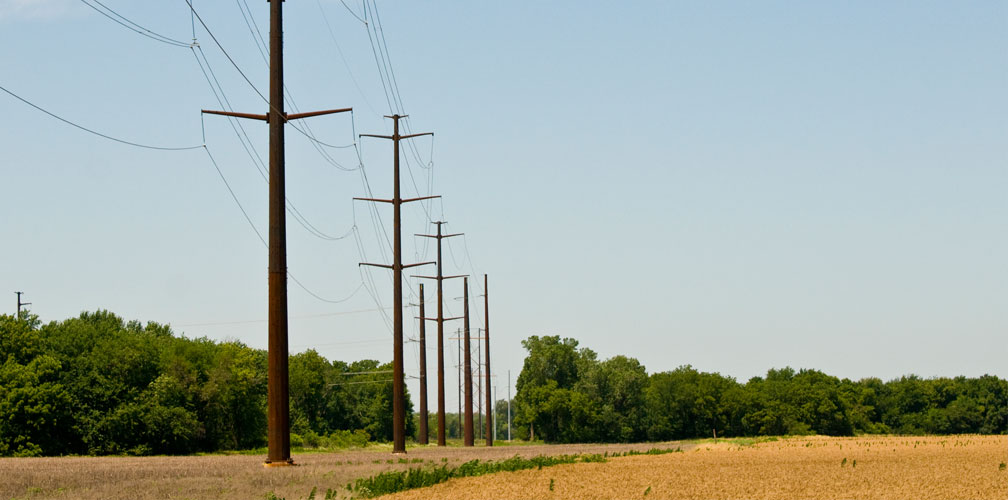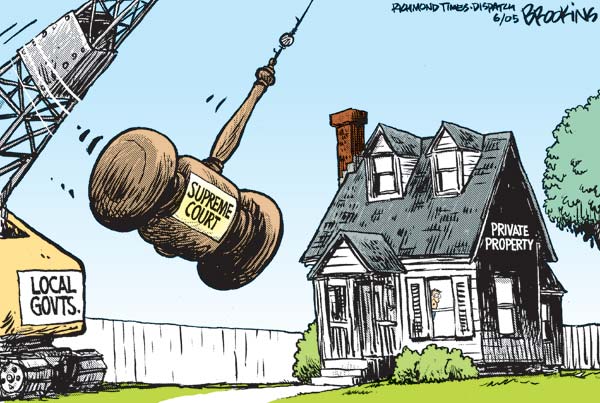Much of my practice is devoted to easement litigation, where I typically defend easements against adverse claims by property owners. Easement litigation can be a highly specialized and nuanced area of practice, and I want to take this opportunity to explain the basics in a straightforward, non-legalese manner.
As a general rule, the owner of an easement, otherwise known as the “dominant estate owner,” has no right to increase the burden of an easement on the encumbered property, or “servient estate,” or to materially enlarge it, by engaging in a new and additional use of the easement. However, changes in the use of an easement are permitted when they impose no additional burden on the servient estate.
In the absence of language to the contrary, an easement holder may vary mode of enjoyment and use of an easement if by doing so he/she/it can more freely exercise the purpose for which the grant was made. Simply taking advantage of new technology does not result in an increased burden.
The overburdening of an easement is an issue that has been addressed on numerous occasions by the Ohio Supreme Court. In Callen v. Columbus Edison Elec. Light Co., 66 Ohio St. 166, 64 N.E. 141 (1902), the Court held as follows:
“The placing by a private lighting company of poles at the curb in a street, and the stringing thereon of electric light cable lines and wires for the purpose of furnishing light and energy to private takers, is a diversion of the street from the purposes to which it was dedicated, and is a taking of the property of the abutting owner, within the meaning of section 19 of the bill of rights. And such placing of poles, lines, and wires is none the less an unauthorized taking even though it be consented to by the city authorities.”
However, the Ohio Supreme Court reached the opposite conclusion in Friedman Transfer & Construction Co. v. City of Youngstown, 176 Ohio St. 209, 198 N.E.2d 661 (1964), when it held that the City of Youngstown could install water pipes on a bridge that passed over the servient estate pursuant to a perpetual aerial easement for the construction, repair, and maintenance of a “structure.” In so holding, the Court determined that the installation of the water pipes added no additional burden that might entitle the property owner to additional compensation.
In Ziegler v. Ohio Water Service Co., 18 Ohio St.2d 101, 247 N.E.2d 728 (1969), the Court similarly held that the construction and maintenance of an underground water pipeline in a roadway right-of-way is not an added burden on the servient estate for which additional compensation must be awarded.
In Joliff v. Hardin Cable Television Co., 26 Ohio St.2d 103, 269 N.E.2d 588 (1971) and Centel Cable Television Company of Ohio, Inc. v. Cook, 58 Ohio St.3d 8, 567 N.E.2d 1010 (1991), the Court held that the stringing of a coaxial cable along an easement owned by an electric utility company imposes no compensable additional burden on the servient estate because the two uses are similar and compatible.
These cases demonstrate the difficulty faced by a property owner asserting an overburdening claim. Generally, the battleground in these cases is whether a particular use of an easement constitutes the taking advantage of technological advances that are consistent with the purpose and scope of the easement, or overreaching by the dominant estate holder to use the easement for purposes beyond the intent of the parties when the easement was created.
And that’s basically it for the overburdening of an easement. Stay tuned for additional articles regarding other easement litigation topics I’ve encountered in my practice.


